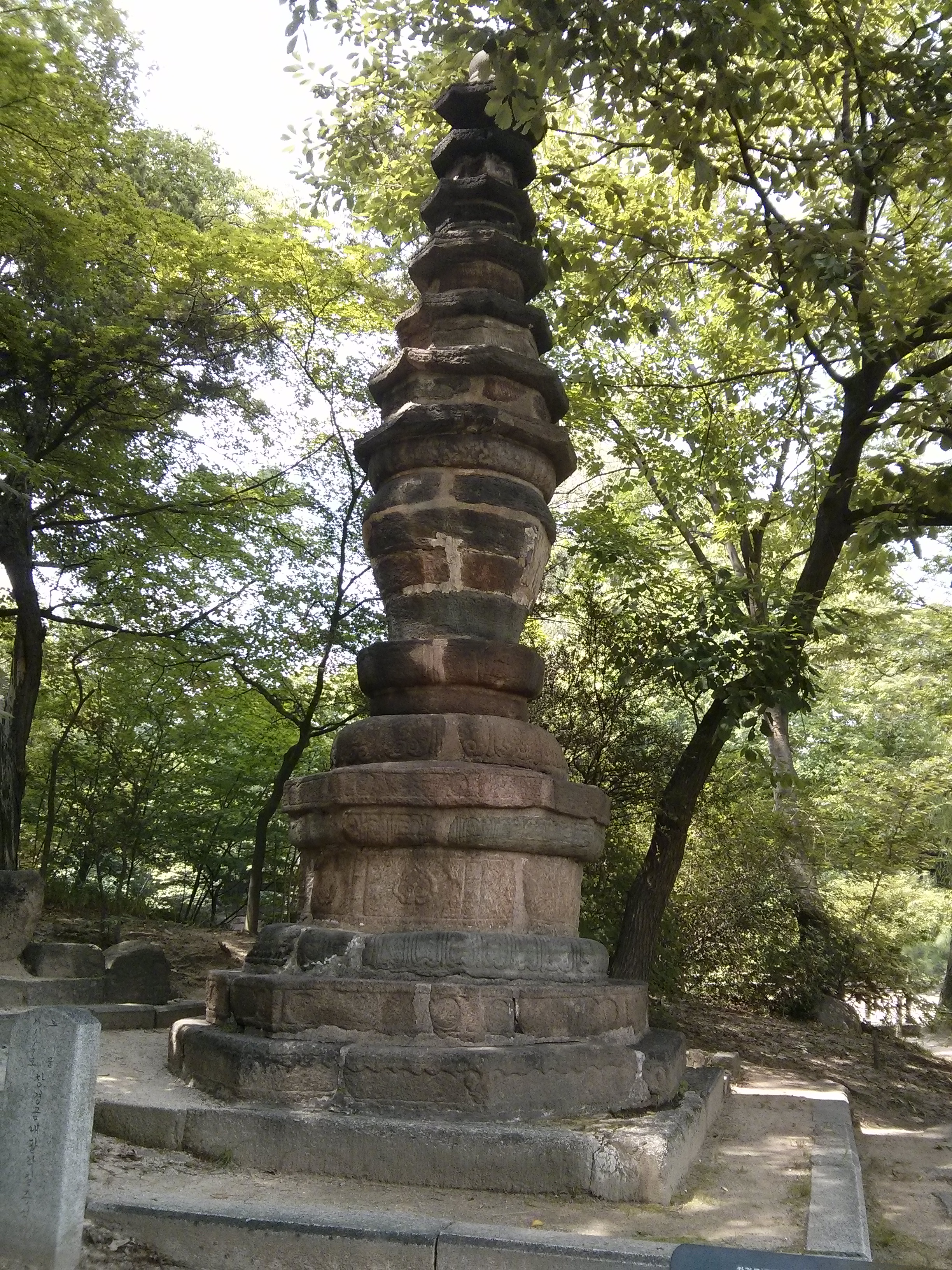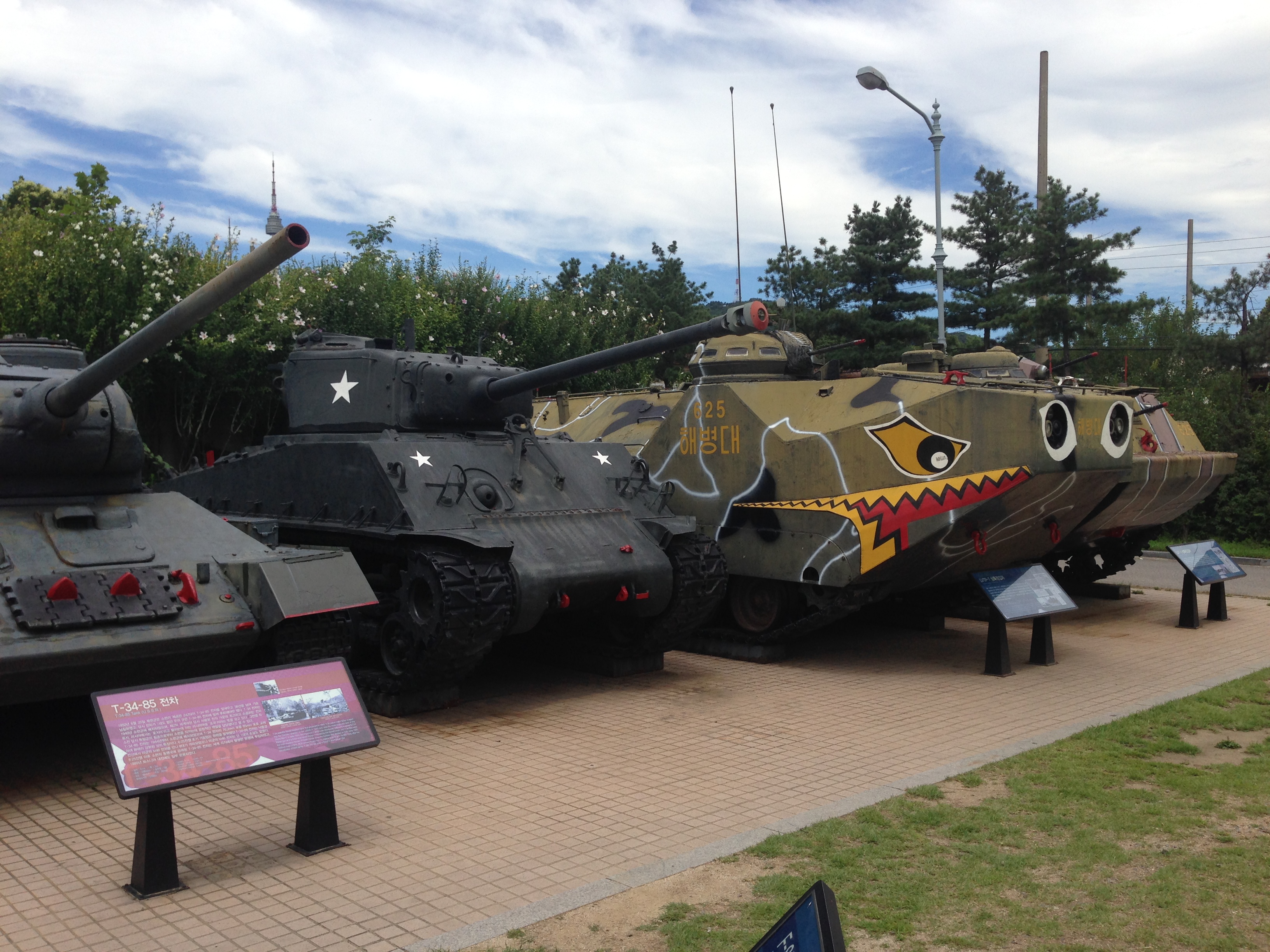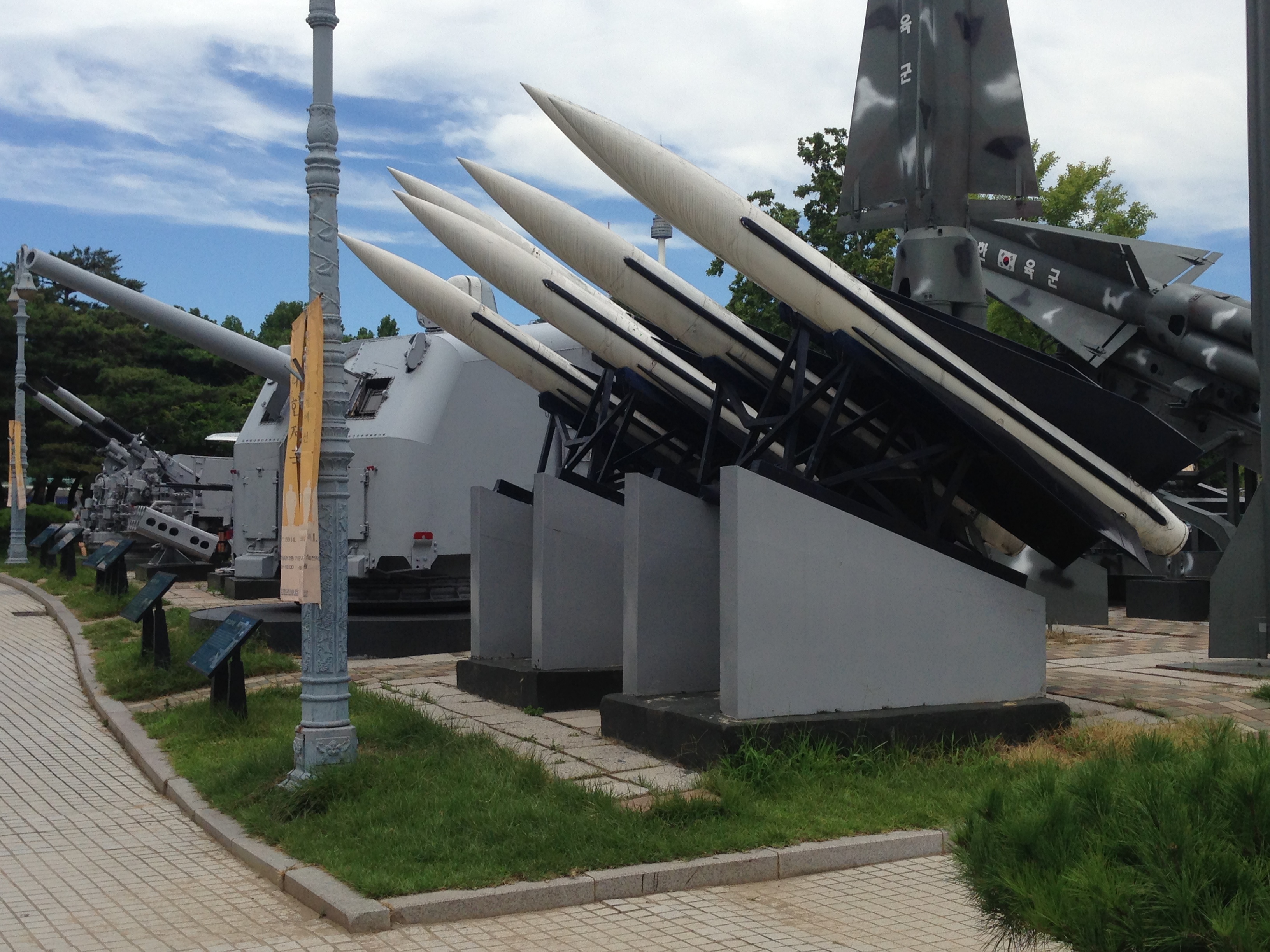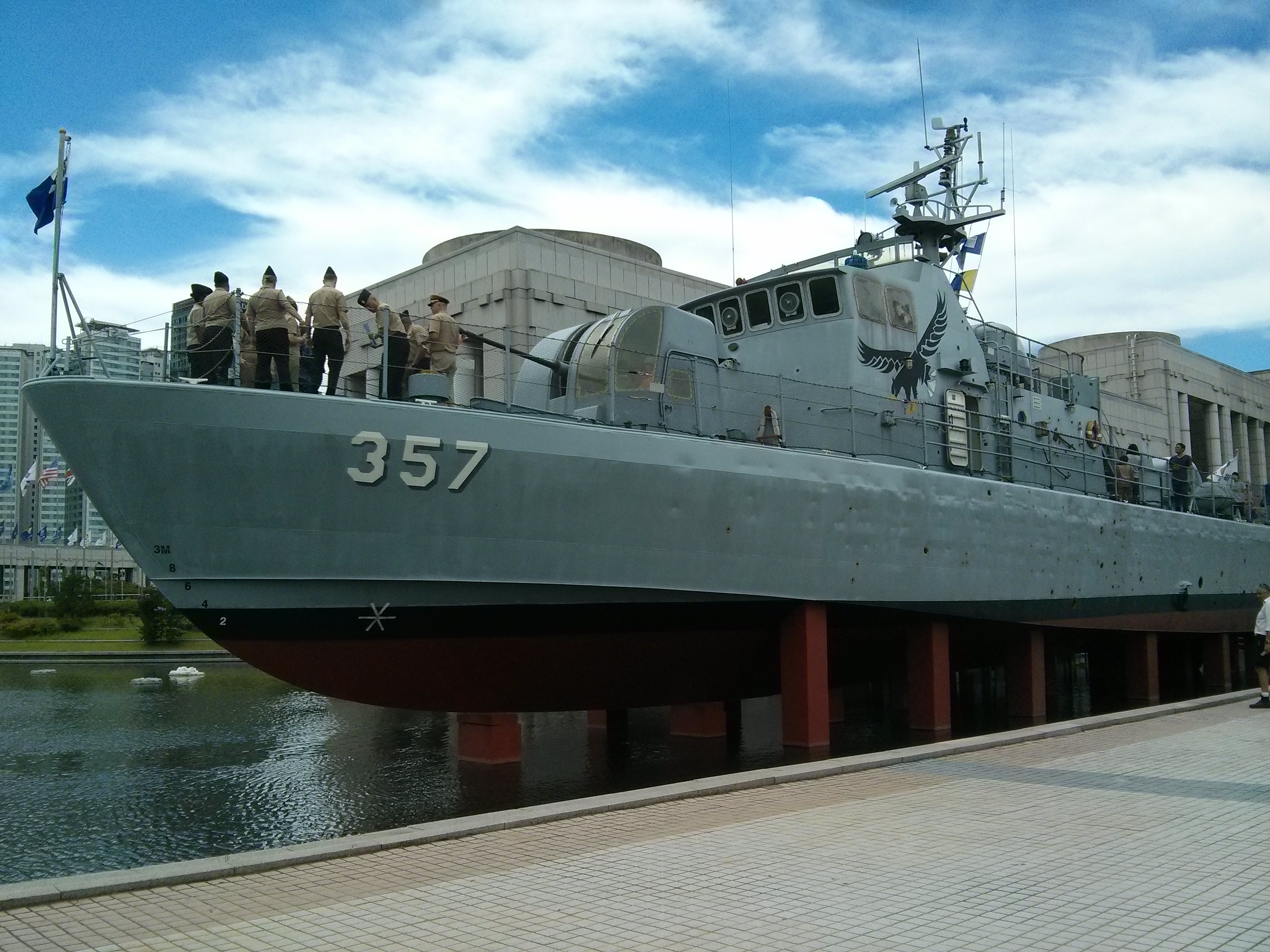
Prague is the capital city of the Czech Republic (now Chechia and formerly Czechoslovakia). I made it here on an (almost) all-expenses paid work trip back in the day and loved every bit of it. It was stunningly beautiful and it was as cheap as chips. And from my perspective, Pilsner Urquell has been one of my favourite drops for a very long time. So I have been telling Jill for over a decade now that she would love it.
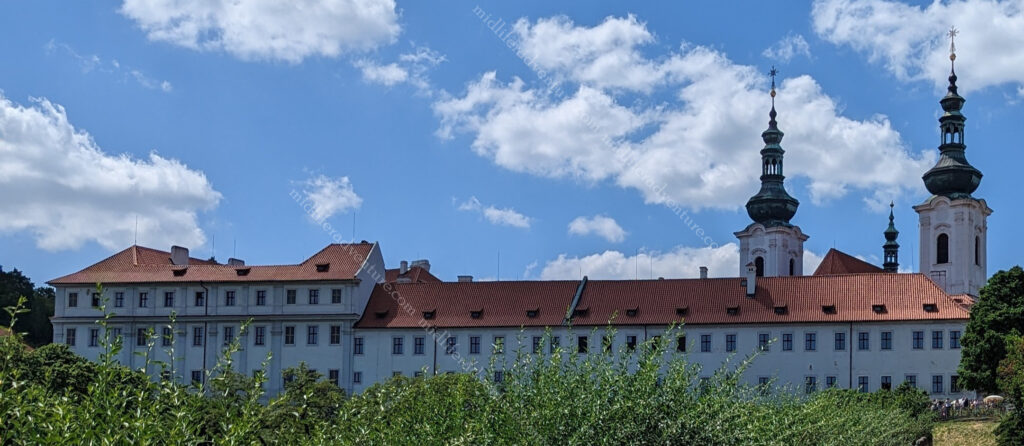
So after a quick 3 hr flight to get here from Crete, we were picked up and delivered to our hotel. It is amazing to see the way some people behave on a 3 hr flight. I guess from a European context, 3 hrs is a long flight whereas for us it is a puddle jump. The guy in front of us (about 50) was honestly worse than a kid with ADD. He fidgeted, farted and moved every few seconds for the entire flight. He sat in 4 different seats (not a full plane) throughout the flight and sat in 3 of them changing on average every 5 mins.
In addition to this, both he and the woman he was with had to urinate 3 times (each) in a short flight. The last bit was pretty common as I was passed by about 4 different people heading to the loo who also made at least 3 trips. At one point there was a line of 8 people queued up the aisle.


If you could ignore the carry-on and just stare out the window, it was lovely. The river meandered through a beautiful green countryside, and every now and then you would see some snow-capped mountains.
In doing my research for this post I found that the Czech Republic has the highest beer consumption per capita in the world and has topped the per capita beer drinking table for 24 consecutive years.
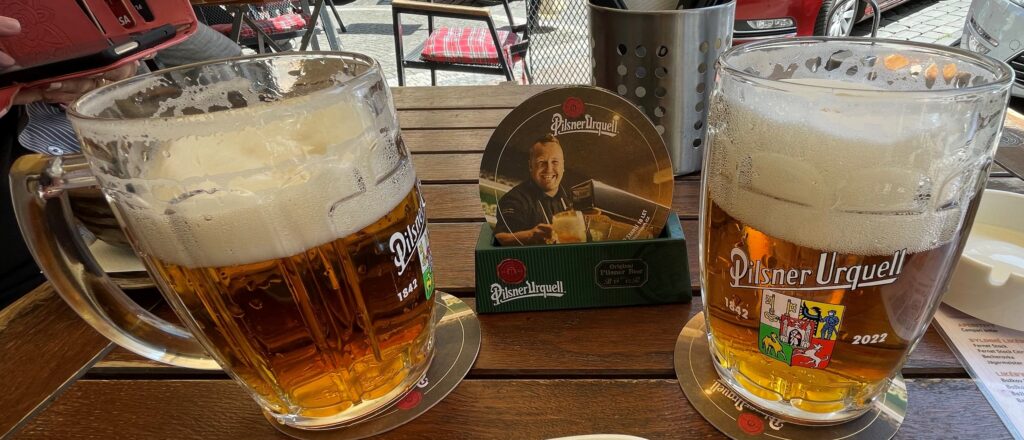
Maybe this influenced why I loved this place.
Anyway, Prague has been a populated area for several thousands of years with decent records showing consistent habitation since around 500 BC. In the 5th and 6th centuries, Slavic tribes moved in and began building fortifications. By the 9th and 10th centuries, this fortification had extended to the building of Prague Castle. By the 1300’s Prague had developed into an imperial capital and significant planned expansions took place. By the 1700s many rich merchants and nobles moved in and built a host of palaces, churches and gardens. The big point is that Prague’s cultural attractions mostly survived the violence and destruction of 20th-century Europe (WWI and WWII).



According to the blurb, today Prague has over 2,000 officially recognised architectural and artistic monuments, ranging in period from the Romanesque through the Gothic to the Baroque, Rococo, Classical, and Neoclassical. And this I can truly believe, you cannot walk 5 meters without seeing amazing buildings, architecture and statues.





So the question has become, how to attack this in a way that seems semi-logical. This is pretty tough when there is so much to see in such close proximity. I tried my usual chronology but there was just so much that is amazing so I have had to split it into two parts and have had to group items as things get really confusing, really quickly.
As we were staying on the western side of the river, this was where we explored first. I must say upfront, we were gifted on the days that we had. The temperature was in the low 20s, and the skies were a beautiful blue, with the odd wispy cloud to give the photos a touch of character. The buildings of Prague are stunning. Everywhere you look there is character, whether old or new the place is a blast.







Old Town
Old Town is on the eastern bank of the River it started as a marketplace back in the 10th century. Old town Square (or Staromestske Namesti) is the main square where you will find major tourist attractions including the:
- old town hall – originally built in 1364 and fixed multiple times due to varying conflicts etc over the years,
- astronomical clock – first installed in 1410
- Rococo Kinský Palace – former palace that is now part of the National Gallery Prague.
- Gothic House at the Stone Bell
- in the pavement of the square are memorial stones marking the execution of 27 Czech lords in 1621, and
- the Prague meridian – a narrow brass strip in Prague’s Old Town Square that was used to tell time from 1652 to 1918.




Church of Our Lady before Týn is a 14th-century landmark with 80m towers, ornately carved exteriors & a baroque altarpiece.
The story goes that Walt Disney was inspired by this church when he was designing the very famous Disney Castle.
I can see it…
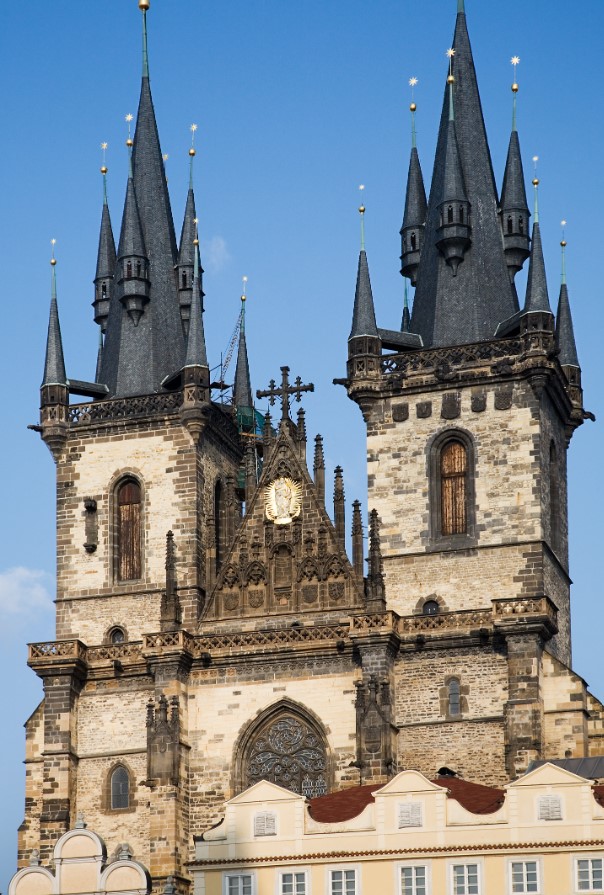
Convent of St Agnes of Bohemia is one of the oldest (1230’s) and most important Gothic buildings in Prague. It functioned as a religious building for around 550 years before falling to ruin. It was restored and now houses the National Gallery.



The Baroque Church of St Nicholas took 51 years (1704-1755) to build and is in Lesser town (the area below the palace but before you cross the Charles Bridge into Old Town).
It was built on the same site where there used to be a Gothic church.
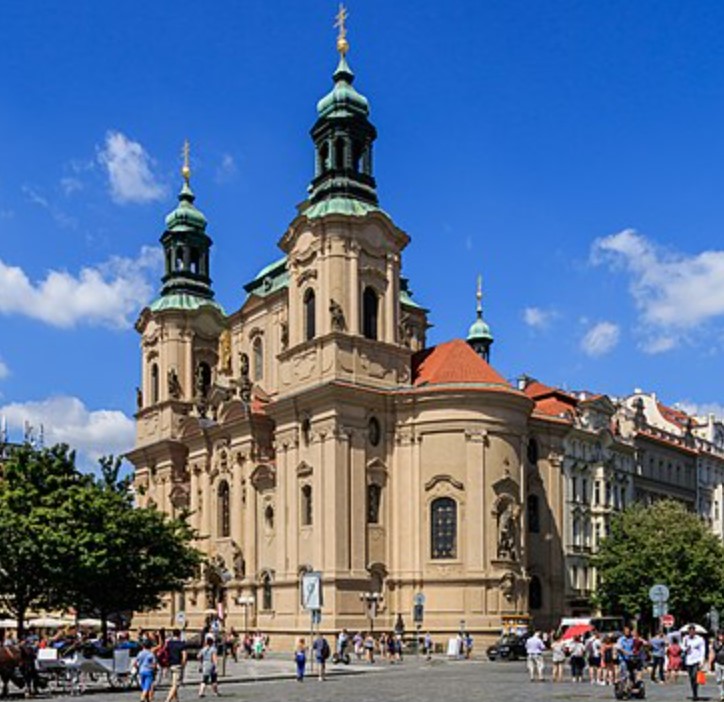
Žofín Palace messed up my plans to go east and west of the river as it was built on an island in the middle of the river. Dating back to the 1830’s this new Renaissance building was built as a cultural centre / concert hall. In 1884, the entire island was purchased by the City of Prague, which decided to thoroughly re-build and extend the original building.



Marking the exit from Old Town is the Powder Tower. Built in 1475, the dark Gothic structure is one of the 13 original city gates and was used for gunpowder storage in the 17th century.
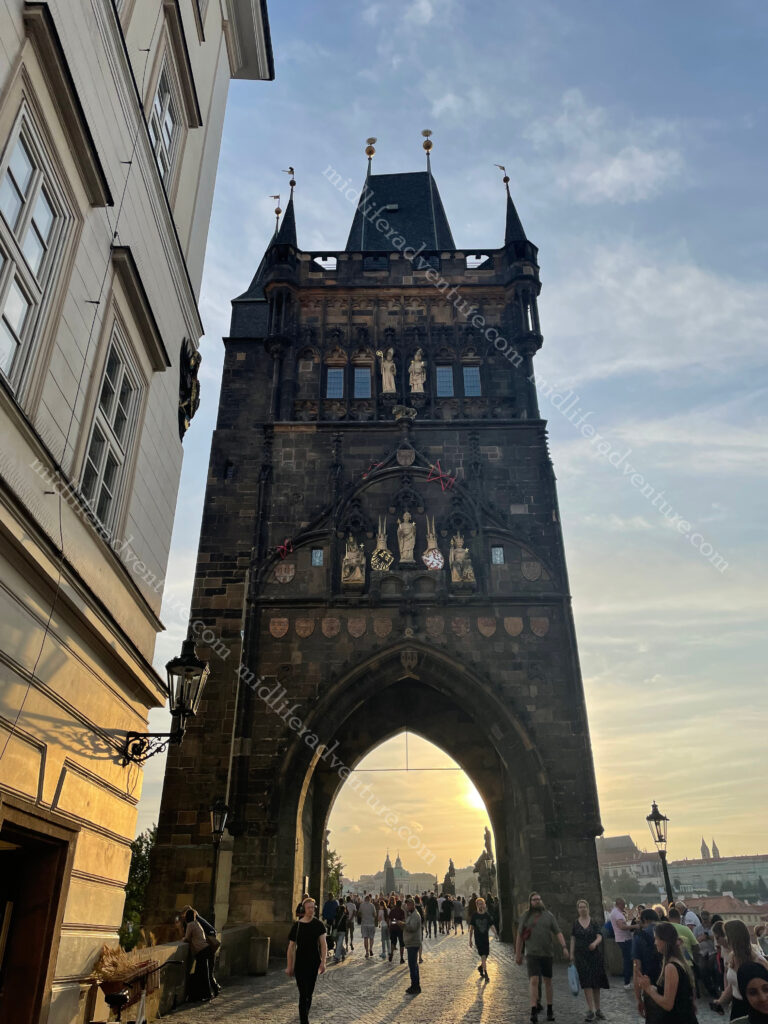
Charles Bridge connects the Old Town with the Prague Castle area of the city. It was started in 1357 and took a half-century to finish. It was the only means of crossing the river Vltava until 1841.

The bridge is lined with a series of 30 statues on both sides, many of which are over 300 years old.









Prague Castle (Vyšehrad ) Complex is the main show in town. According to the Guinness Book of World Records, Prague Castle is the largest coherent castle complex in the world, with an area of almost 70,000 m². It consists of the Old Royal Palace, St Virus Cathedral, St George’s Basilica, Golden Lane and the Great South Tower. The castle itself is about 570 metres long and around 130 metres wide, with a history that dates back to the 9th century.






St. Vitus Cathedral is the largest and the most important temple in Prague. It is a Gothic cathedral where construction began in 1344 and it is situated in the middle of the Prague Castle Complex. Apart from religious services, coronations of Czech kings and queens also took place here.





St George’s Basilica, Golden Lane and the Great South Tower (the old prison area) are all also located in the complex that is Prague Castle.








Hradčanské náměstí (Hradcany Square) is the square directly in front of Prague Castle that is the home to virtually everything that you can imagine in a historic sense. The list of what is around the square includes Salmovsky Palace ( National Gallery ), Schwarzenberg Palace (National Gallery, built in 1567), Monastery of the Discalced Carmelites, St. Benedict’s Church, Tuscan Palace, Martinique Palace, Saxe-Lauenburg Palace, Losenovsky Palace (U Labutí house), Sternberg Palace (National Gallery), Archbishop’s Palace and Canon houses. Along with any number of statues and columns.



The Loreta is a baroque place of pilgrimage founded in 1626. It was designed as a replica of the Santa Casa (Sacred House; the home of the Virgin Mary) in the Holy Land. These replicas were once found across Catholic Europe (50 in the Czech lands alone), but the Prague Loreta is claimed to be extra special.
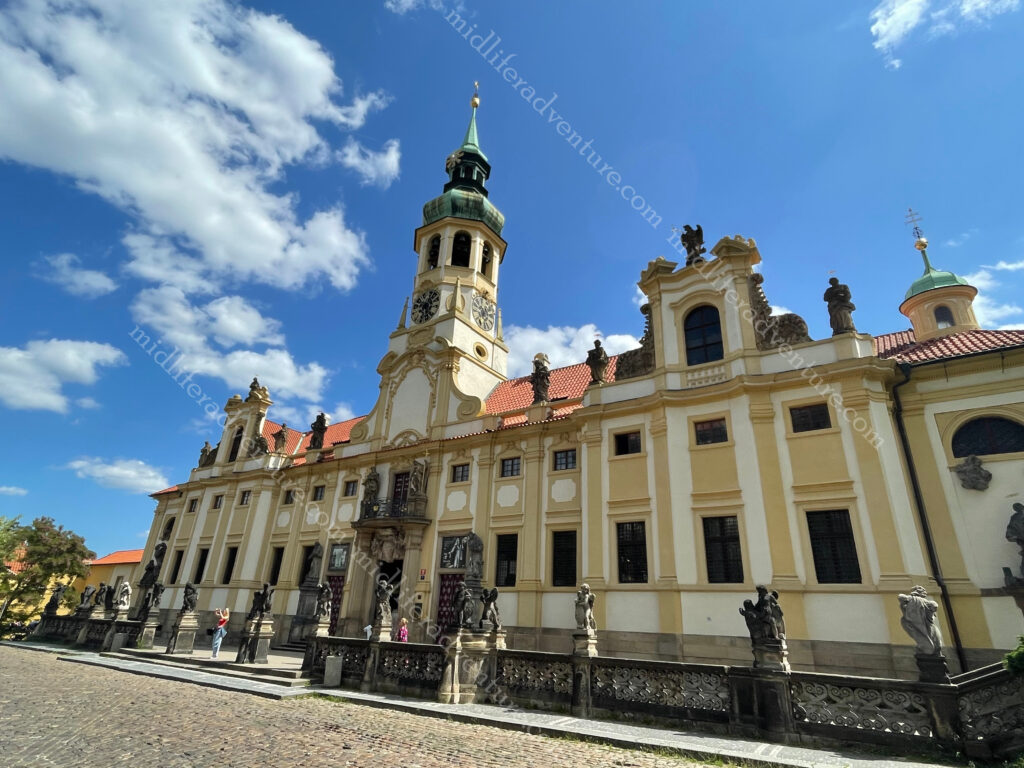
Legend says the original Santa Casa was carried by angels to the Italian town of Loreto as the Turks were advancing on Nazareth.
Along with all of the Palaces and historic buildings, Prague is the capital of Museums. Everywhere you look there is another museum. Some of the museums that we came across included the: Alchemy, Apple products, Army, Beer, Chocolate, Communism, Decorative Arts, Fantastic Illusions, Franz Kafka, Historical toilets and chamber ports, Illusion art, Jewish, KGB, Lego, Lobkowicz, Marionette, Military history, Miniatures, Modern art, Mucha, Music, National, Pop-up, Porcelain, Senses, Sex machines, Slivovitz Museum, Technical and many more…
We chose to go to the Old Masters exhibit in the Schwarzenberg Palace. At this point, I realised that I liked statues and sculptures, but could not get excited about paintings. From here we headed up the hill to the Museum of Miniatures. Here you use a microscope or magnifying glass to view micro-miniature sculptures and paintings. Some of these include the Eiffel Tower in a cherry stone, a golden bicycle on a needle, the lord’s prayer on a hair and a camel train within the eye of a needle. Needless to say, the zoom on my phone was not up to this so I grabbed these photos from their website.



And of course we hit the National Museum, but that comes in part 2.


